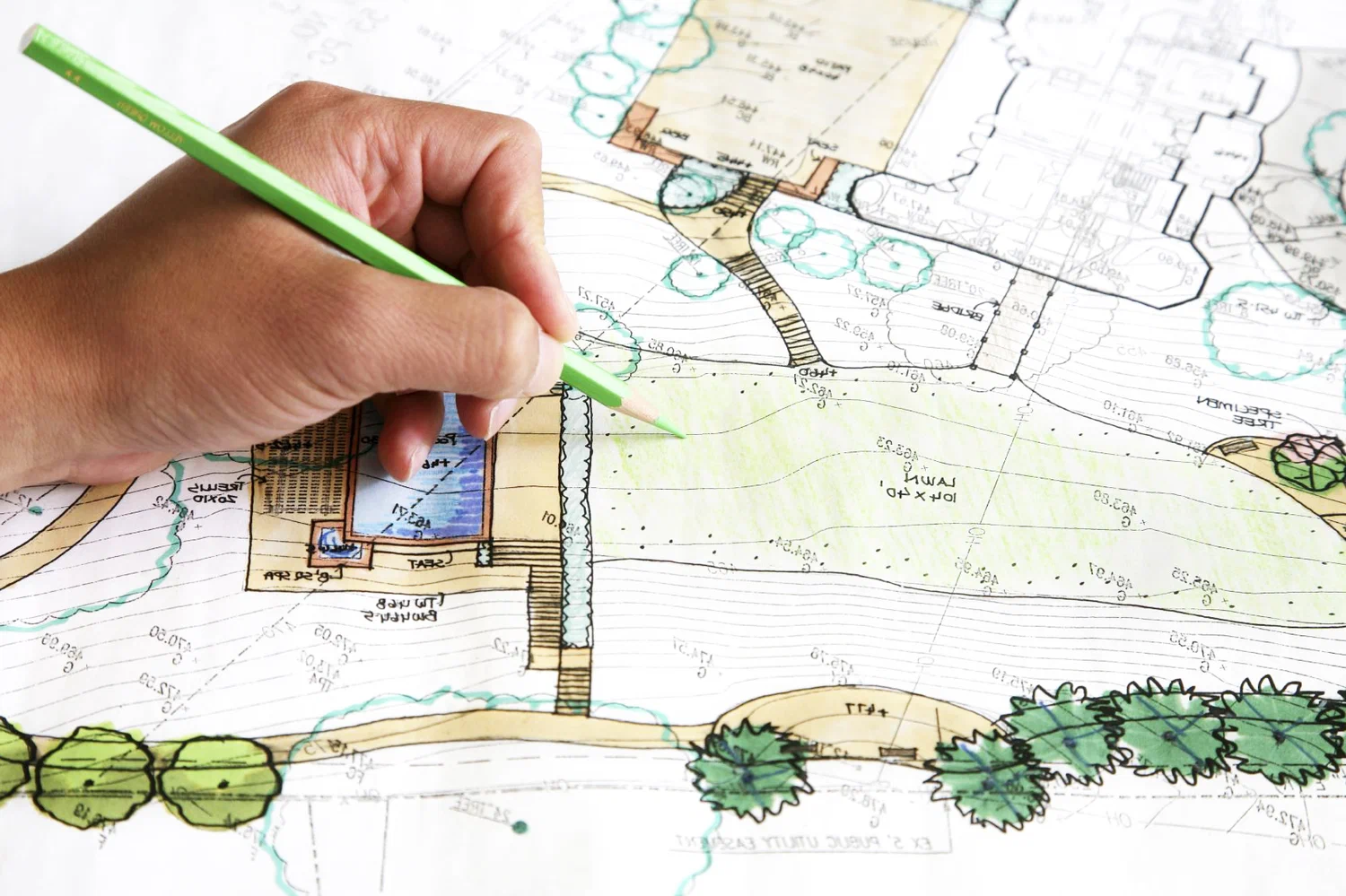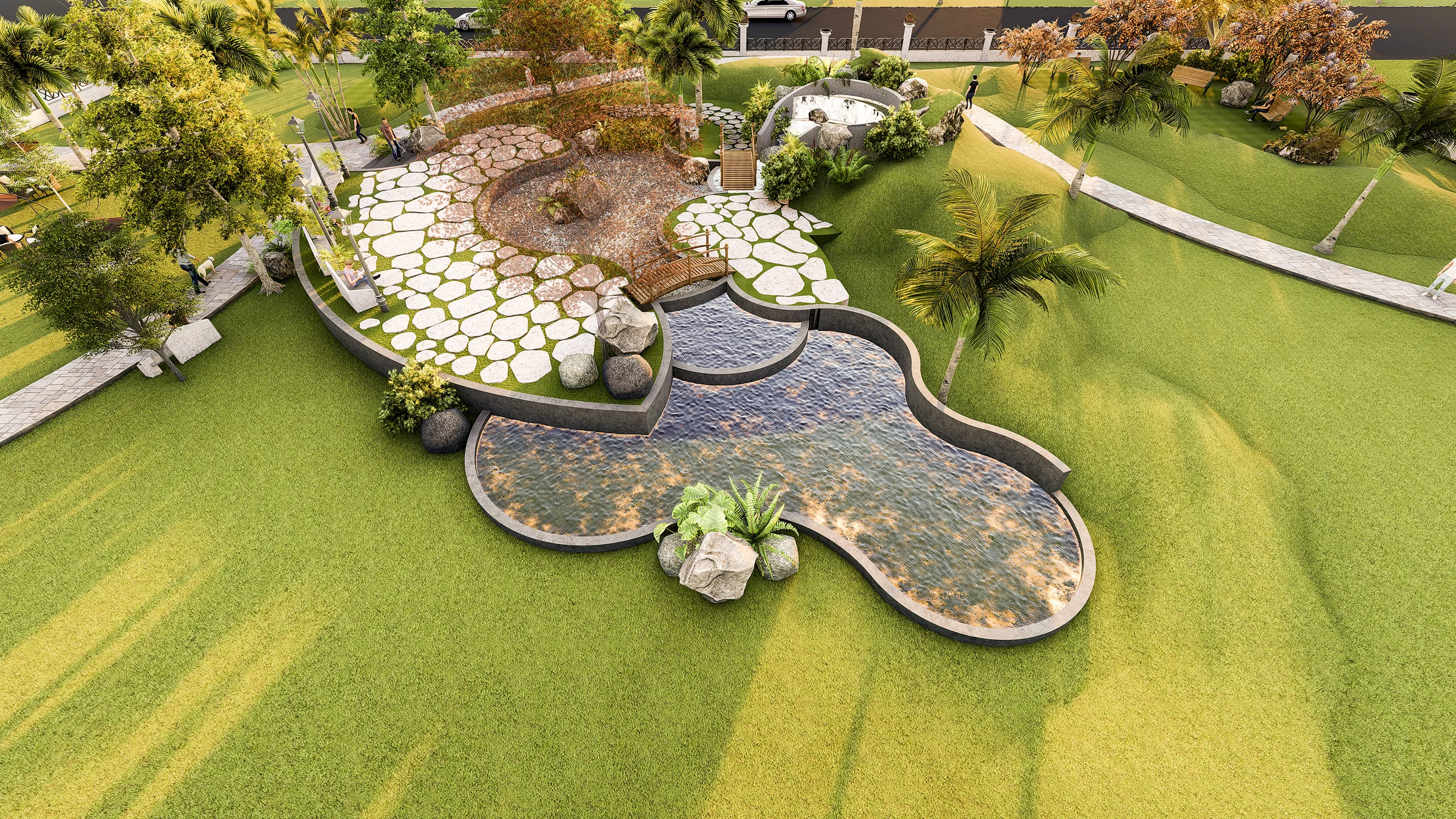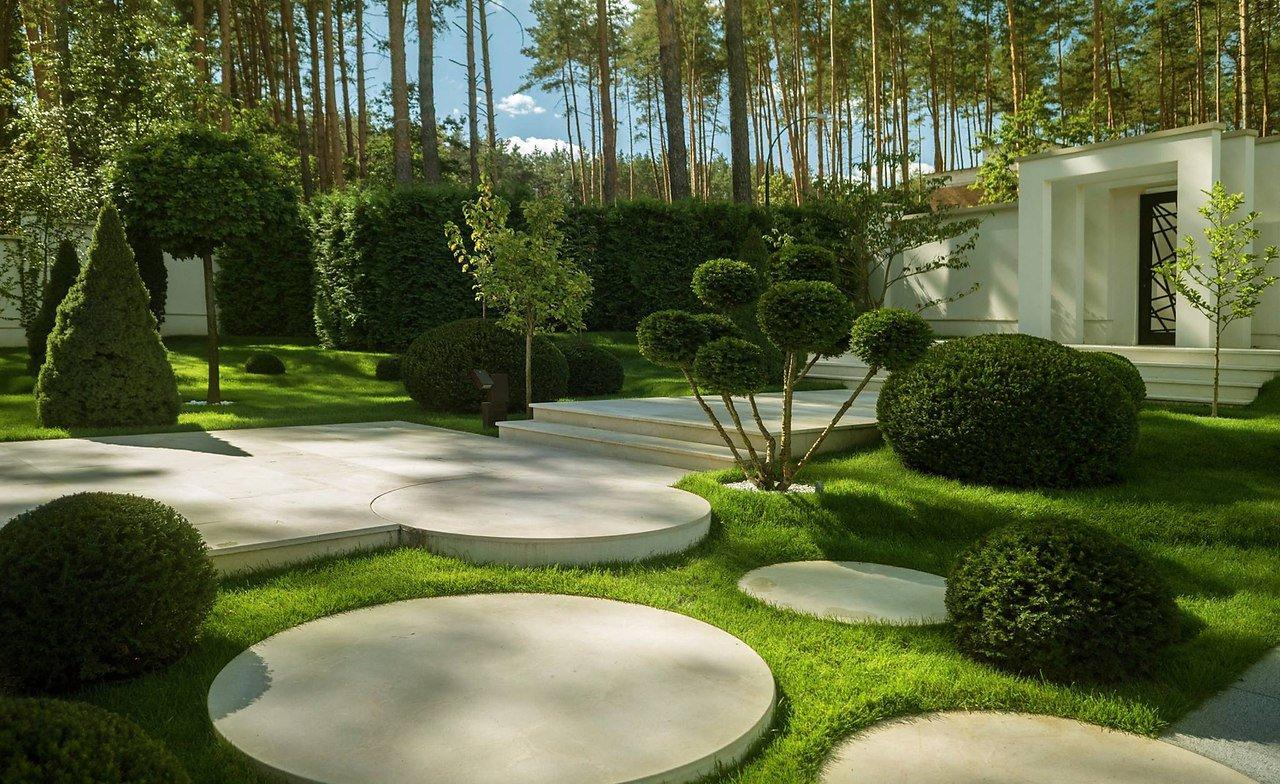Designing with Nature: Creating Harmony in Your Outdoor World
Reconnecting with the Natural World: Crafting Sustainable Outdoor Spaces
In the rush of contemporary living, a growing separation from the natural world has become evident. Outdoor areas, often treated as extensions of interiors, frequently lack ecological intention or authentic character. Instead of providing restorative beauty, they turn into high-maintenance zones requiring continuous labor, water, and chemical inputs. Rather than offering harmony and peace, many landscapes feel artificial, static, and uninspired.
The true challenge lies in shaping landscapes that captivate the eye while functioning as resilient ecosystems. Many property owners want spaces that reflect elegance and vitality, but struggle with how to integrate native flora, create supportive habitats, and reduce resource use. The search for beauty often conflicts with sustainable practice, leaving people unsure of where to start.
The result is visible in landscapes across neighborhoods and communities: repetitive plantings that limit biodiversity, reliance on chemical fertilizers and pesticides, and excessive watering that strains resources. These outdoor areas may appear orderly, yet they lack depth, ecological purpose, and seasonal vitality. Such spaces miss the opportunity to reconnect people with the natural rhythms that bring serenity, wonder, and life.
Understanding the Hurdles to Natural Design
Lack of Ecological Knowledge
Without awareness of local ecosystems, the benefits of native species, and principles of sustainable design, many individuals turn to conventional landscaping methods. These choices, though initially appealing, often create long-term ecological stress.
Aesthetic Trends Over Practicality
Design decisions are often driven by fleeting styles or short-term visual impact. While appearance matters, overlooking biodiversity, soil health, and long-term viability leads to landscapes that quickly lose vitality.
Time and Maintenance Concerns
Busy lives encourage solutions that seem easy but prove resource-intensive. Non-native plants, artificial lawns, and chemical treatments may deliver immediate results but require ongoing input that undermines sustainability.
Recognizing these barriers highlights the need for a shift in approach — one that blends timeless beauty with ecological intelligence.
Pathways to Harmonious Outdoor Living
1. Embrace Native Plant Palettes
The foundation of sustainable landscaping lies in the thoughtful use of plants that belong to the region. Native species have adapted over centuries to local soil, rainfall, and climate conditions, enabling them to thrive without extensive watering or chemical support. Choosing these plants reduces maintenance while conserving valuable resources.
Beyond efficiency, native flora supports biodiversity. Flowering perennials provide nectar for pollinators; fruit-bearing shrubs and trees sustain birds; host plants nurture butterflies and beneficial insects. In this way, gardens become living ecosystems that attract life rather than repel it.
Diversity is key. Combining trees, shrubs, grasses, and groundcovers creates layered interest and seasonal variety. This structural variety not only pleases the eye but also strengthens the ecological fabric of the space. Each layer offers habitat, shade, and nourishment for different species, enriching the environment as a whole.
Through native plantings, gardens evolve from decorative backgrounds into ecological contributors. They restore balance, heal fragmented habitats, and link individual properties into broader green networks across communities.
2. Implement Water-Wise Landscape Design
Responsible water use stands at the heart of sustainable design. Xeriscaping principles — intelligent planning, efficient irrigation, and mindful plant selection — enable landscapes to flourish with minimal consumption.
Soil preparation forms the first step. Healthy soil enriched with organic matter retains moisture, reduces runoff, and supports deep root growth. Grouping plants with similar water requirements further ensures irrigation efficiency, preventing waste.
Modern irrigation technologies strengthen these efforts. Drip lines and soaker hoses deliver water directly to roots, minimizing evaporation. Smart controllers adjust schedules according to real-time weather and soil moisture data, ensuring plants receive only what they need.
Rainwater harvesting systems provide additional support, capturing natural rainfall for later use. Paired with organic mulch, which shields soil and retains moisture, these strategies significantly reduce reliance on external water sources.
Hardscape design also plays a role. Permeable pathways and patios allow rain to seep naturally into the ground, replenishing aquifers rather than running off into drains. This approach benefits not only the property itself but also the surrounding watershed.
Water-wise landscapes prove that sustainability and beauty are not opposites. Thoughtful design achieves lush, vibrant spaces that invite relaxation while respecting the limits of natural resources.
3. Create Habitat and Biodiversity Zones
True outdoor vitality comes when landscapes serve as havens for wildlife. By intentionally designing with biodiversity in mind, gardens transform into sanctuaries alive with movement and sound.
Strategic plant selection ensures year-round food supply: nectar-rich blossoms for spring pollinators, summer foliage for caterpillars, autumn berries for migrating birds, and evergreen shelter for winter survival. This continuous cycle sustains wildlife throughout the seasons.
Structures and microhabitats add depth. Bird baths, ponds, brush piles, and rock clusters provide shelter, nesting sites, and resting areas. Vertical layering — from groundcovers to tall trees — mimics natural ecosystems, offering niches for countless species.
Equally important is the reduction or elimination of chemical inputs. Pesticides and herbicides disrupt ecological balance, harming pollinators and beneficial predators alike. By fostering natural controls, such as ladybugs, birds, and predatory insects, healthy landscapes maintain equilibrium without intervention.
Through biodiversity-focused design, outdoor areas evolve into living classrooms, offering opportunities for observation, wonder, and connection. Each visit reveals new life, deepening the bond between people and the natural rhythms surrounding them.
Potential Challenges and Mitigation
Initial Setup Considerations
Shifting to native and sustainable systems may involve new materials, soil amendments, or plant sourcing. A phased approach allows gradual implementation, spreading adjustments across seasons while maintaining steady progress.
Perception of “Wildness”
Naturalized gardens can appear less formal to traditional eyes. Balancing untamed areas with structured edges, pathways, or signage conveys intentionality while educating neighbors and visitors about ecological benefits.
Patience for Maturation
Sustainable landscapes take time to establish. Growth is gradual, and ecological balance deepens with the years. Setting clear expectations encourages appreciation of each milestone in the process.
Conclusion: Reconnecting with the Natural World
Thoughtful landscape design is more than creating outdoor decoration. It is the art of weaving together aesthetics, ecology, and human experience into spaces that endure. By embracing native plants, conserving water, and fostering biodiversity, landscapes evolve into vibrant ecosystems that offer beauty, resilience, and meaning.
These outdoor sanctuaries invite people to slow down, observe, and participate in the rhythms of nature. They provide not only a backdrop for daily life but also a pathway toward deeper connection with the living world.
Sustainable Roots Landscape Company LLC is dedicated to crafting spaces that honor both artistry and ecology. Each project becomes a collaboration between land and people, shaping gardens that inspire, nurture, and endure.
Reconnecting with the natural world begins right outside the door. With thoughtful design and sustainable practices, every outdoor space can become a living testament to beauty, balance, and resilience.


